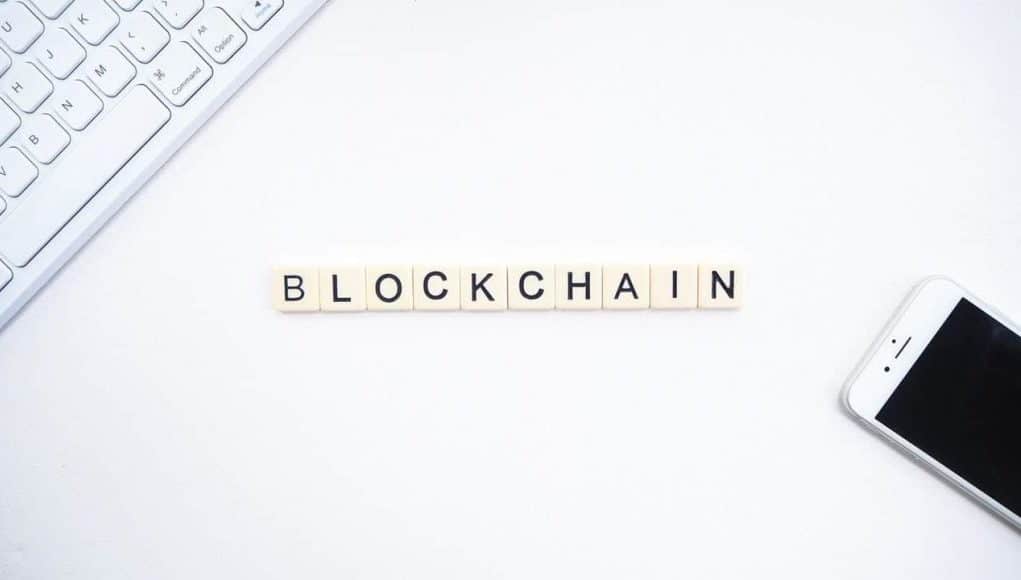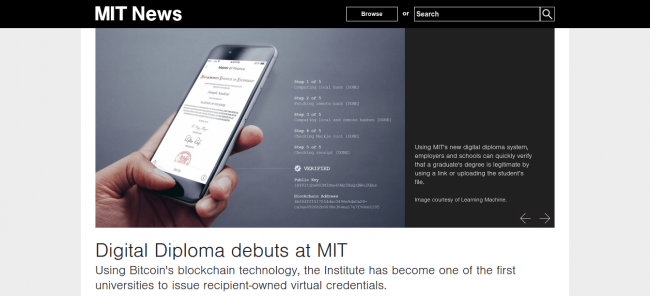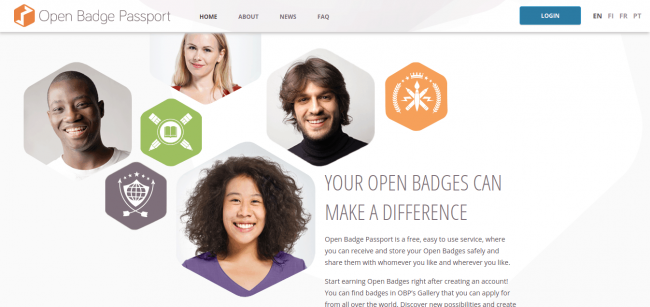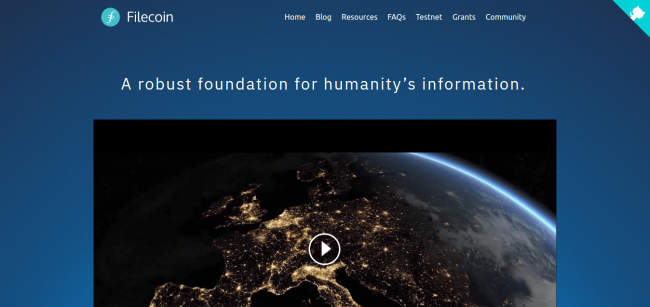How Blockchain Could Impact Education in 2020 and Beyond

By: Jesús Cedeño
Blockchain. A few years ago, the word was known only to a very select few. Nowadays, most people have heard of blockchains, even though they might just know it as ‘that thing that makes bitcoin work.’ While cryptocurrencies are the first widespread application of blockchain technology, this is far from the only use for it. Being secure, decentralized ledgers, blockchains can be applied in many fields including healthcare and education.
Just a Reminder…
For starters, blockchains are distributed ledgers.
We’ve all seen ledgers before. They are books where records, like accounting records or students’ grades, are kept. Most of these today are electronic, maintained using specialized software, and generally centralized.
If a centralized ledger is ever stolen, damaged or compromised in any way, it’s a problem. So keeping exact copies of ledgers in different locations would be a good safeguard, provided each copy were a faithful, verified, exact version of the original. This is what is called a distributed ledger.
In a blockchain, each of the many individual digital ‘nodes’ keeps a full copy of the ledger and also constantly verifies the integrity of both newly recorded information as well as the copy that it stores. If any or many of these nodes fail or are compromised, the ledger’s information remains intact.
It’s easy to see how this could be beneficial in many fields. But besides holding ledgers, blockchains also offer other services, such as smart contracts and a built-in rewards system. Let’s look at how blockchains could impact education in 2020 and beyond.
What Could Blockchains Do for Education?
There are many applications and benefits of blockchain-based ledger technologies for education:
1. Student records. Academic transcripts are one of the most time-consuming, labor-intensive tasks in academic institutions today. Before issuing a certified transcript of a student’s grades, each entry must be manually verified to ensure accuracy.
Another kind of student record that is frequently requested is the certification of course contents. In K-12 education, it might happen that a student in one state takes a class called ‘Algebra’ and then moves to another state where she is enrolled in a school that also teaches a class called ‘Algebra.’ So far, so good. But do both courses share the same content? Verifying this means comparing the courses’ content. In K-12, this can be tedious. At the university level, it is a nightmare. At the university where I went to medical school, complete course contents are around 700 pages. For each student who requests this record, each page should be signed and stamped (to ensure accuracy). But if this information were stored on a blockchain, with just a few clicks, a person could obtain a complete, verified record of content courses and all academic achievements.
2. Diplomas and certificates. Just like grades, a student’s diplomas and credentials could be issued and stored on a blockchain. Instead of asking the institution emitting the diploma to certify a paper copy, employers would only need to be provided with a link to a digital diploma. This is already being done. In 2017, MIT began issuing digital, blockchain-stored diplomas to its graduates. This prevents people from submitting fake degrees to potential employers, a situation that is, regrettably, all too common.
3. Badges. Besides degrees, a person’s typical resume contains a lot of additional information that could be relevant to employers. We’re talking about foreign language skills, technical knowledge or specific abilities not necessarily related to a person’s profession. I, for one, am a medical doctor with a master’s degree in primary care diabetology. But that doesn’t tell anyone that I speak four languages to varying levels of fluency, can set up computer networks, know about cryptocurrencies or am a trained cook. Then again, these skills aren’t easy to verify. But a person can get an expert third party to verify that skill and grant a certificate or badge. If these are stored on a blockchain, they prove that a person indeed has the skills in question. Services like Open Badge Passport are a first step in this direction.
4. File storage. If institutions want to store digital curricula, records, degrees and other information, that’s going to use a lot of file storage space. Saving everything on local hard drives brings us back to the issue of centralizing the files. If the hard drives are damaged or compromised in any way, that would be a big problem. Cloud storage is an option, but buying the amount of cloud storage space needed could be out of reach for many institutions. A possible solution would be blockchain-based cloud storage services like Filecoin.
5. Lessons and courses. Many blockchains are also smart-contract capable. That means that lessons and courses can be programmed into the blockchain and executed automatically when certain conditions are met. For example, a teacher could set up tasks for students. The completion of each task could be automatically verified by the blockchain’s smart contracts. Upon completion of all tasks, teachers could receive payment with crypto tokens and students could be awarded credits. Entire courses could be laid out this way.
6. Publishing. Undergrad and grad students, teachers, professors and researchers constantly generate quality material. But the road to publication is a hard one. Science has a long history of worthy research that, for a variety of reasons, were rejected by scientific journals: Enrico Fermi’s 1933 paper on weak interactions, Hans Krebs’ 1937 paper on the Citric Acid Cycle, Rosalyn Yalow’s 1955 research that set the bases for radioimmunoassay and even as recently as 1993 Kary Mullis’ paper on polymerase chain reaction were all rejected for a variety of reasons—and all these papers went on to earn Nobel Prizes for their authors! Not only does this indicate that rejections don’t mean your paper is bad, it shows just how difficult it can be to get published.
But publishing on a blockchain could help new writers, researchers and many others break into the industry. Blockchains could also help with rights management and protection against piracy.
7. Lower costs. Many of the applications mentioned above mean that many time-consuming, labor-intensive processes would be automated. This leads to lower costs for institutions, which in turn could translate into savings for students, who may not need to spend years paying off loans. Schools and universities could also reduce costs related to file storage space and by cutting out middlemen in many activities.
8. Rewards. The computer nodes that constantly verify the integrity of the information stored on a blockchain receive rewards in the form of digital tokens like bitcoin or ether. This is what is called cryptocurrency mining. People who use computers to verify education-related blockchains would also receive tokens as a reward. These tokens could then be traded on a safe cryptocurrency exchange like Kraken for other crypto or fiat currencies, or used to pay for goods and services within the education community itself, as schools and universities could accept tokens as payment in cafeterias, bookstores or even for tuition.
Looking at how blockchains could impact education, we can see that in the not-too-distant future both K-12 and higher education institutions could implement them for record-keeping and issuing credentials. Let’s have a closer look at what the K-12 scenario could look like with blockchains implemented:
Each state can create its own education-related, smart-contract capable blockchain with its own specific crypto token. For example, New York State’s blockchain can generate the New York Education Token (NYET). For starters, each school can store its course contents on the blockchain. Right off the bat, any school can check whether another school’s Algebra course is an exact match to their own.
Upon first registration in the school system, at the kindergarten level, an account on the blockchain is created for each student. The account would contain a full, detailed record of a student’s academic activities. And we’re not just talking about final grades here; exams and papers themselves could be stored. So not only could the blockchain show Junior got a B- on last week’s U.S. geography test, it could also show that he answered that Los Angeles was the capital of California. Just how much detail needs to be stored is a matter that should be decided in advance. For example, should detentions and other disciplinary actions be stored on the blockchain for posterity? Maybe. Maybe not.
Because the blockchain is smart-contract capable, teachers could also write the exam questions in the blockchain with the correct answers and scoring parameters. Students would then use desktop computers or tablets to take the exam digitally and the blockchain would then handle grading. Not having to grade exams would give teachers more time for other academic or cultural endeavors.
Sometimes students possess a very well developed specific skill. Maybe they write exceptional poetry by the ninth grade, are a math genius by age eight or can carve wood like a pro before graduating high school. Teachers or other certified people who witness this could acknowledge this skill by awarding special badges that would also be stored in each student’s account on the blockchain. The blockchain also could certify specific skills or abilities.
If a student transfers to another school, there would be no need for transcripts, as the information is already on the state’s blockchain and the new school would just continue adding to the student’s account. If the student moves to another state, the information could be easily transferred to the receiving state’s blockchain. A smart contract on the receiving blockchain could then compare course contents and alert if specific areas need attention.
Schools could also publish their social and cultural calendars on the blockchain. Not only this, but videos of school orchestra or band concerts or plays could also be stored there and shown in a decentralized version of YouTube. Because it’s on the blockchain, each video view, like and/or comment could generate rewards in NYETs for the creators of that content: performers, teachers and schools could then earn benefits from high-quality content. Decentralized social networks like DTube or KARMA that reward creators with cryptocurrencies already exist, so it’s just a matter of adapting the technology.
Students and teachers who write stories (maybe the first novel from the next Stephen King), create music, documentaries or other short films (maybe even a feature-length film produced as a school project) could publish their creations on the blockchain. This would not only bypass the hassle of finding a publisher but also protect against piracy, improve rights management and directly reward the creator in NYETs depending on how popular or well-rated said creations are.
Of course, storing all these documents and videos would require a massive amount of storage space. So the blockchain should incorporate a decentralized file-storage system akin to Filecoin. Any person, in any part of the world, could then rent out any unused disk space for file hosting in exchange for NYETs. Interested parties could also earn NYETs by mining them, meaning that they set up computers as nodes, dedicated to constantly verifying the integrity of the blockchain and all the information it stores. In the beginning, maybe the NYET could be used as a currency within the school system itself and could be used for buying food in school cafeterias or supplies in bookstores. Later on, more types of stores could start accepting payments in NYETs and the token could also be listed and traded on cryptocurrency exchanges.
Blockchains are already changing the economic landscape via cryptocurrencies; looking at how blockchains could impact education in 2020 and beyond, distributed ledgers and smart contracts could draw a whole new picture. The above just barely scratches the surface of what’s possible. The best thing is that the necessary technology already exists, so it is achievable in the short term. The future is certainly promising and I, along with many others, see the positive impact that blockchains could have on education. Believe me, if I could start mining NYETs for Jesús Jr.’s education right now, I would do it in a heartbeat.
For more, see:
- 20 Ways Blockchain Will Transform (OK, May Improve) Education
- How Blockchain Will Transform Credentialing (and Education)
- How Blockchain is Helping Dallas Students Tell Their Story
Stay in-the-know with innovations in learning by signing up for the weekly Smart Update.
Jesús Cedeño is a doctor-turned-cryptocurrency and blockchain enthusiast who enjoys making encryption algorithms and cryptographic techniques more accessible. Follow him on Twitter:@jesuscedeno73.









Prasad
Blockchain has the power to revolutionize the entire education sector, in-fact it is the only hope for education industry, to prevent fraud, and providing quality education
Replies
Vi
Hi Prasad, I agree! In the U.S., two most basic industries are highly messed up! One is education and the other is heathcare. Would love to collaborate further on this.
Elena Bennet
Good stuff that sheds much needed light on blockchain technology as Blockchain is an certainly ingenious invention that allowed digital assests to be distributed but not copied and moving high to reshape the business measures across a broad scope of industries. However, the details you mention here would be very much helpful for the beginner. Here is yet another top-notch service provider “X-Byte Enterprise Solutions” who render feasible and credible solutions to global clients that help global brands design and build superior digital products, enabling seamless user experiences across all modern platforms and devices.
Know more here: Blockchain Development Solutions